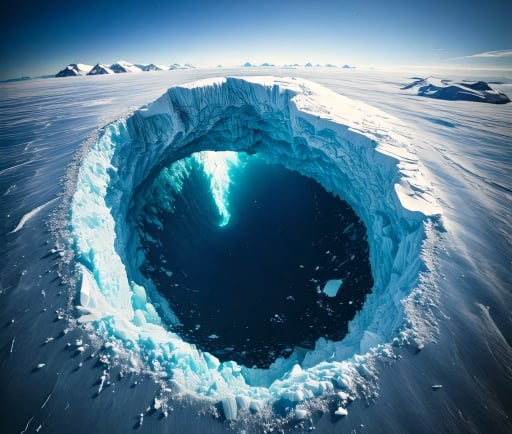A Promising Future: The Recovery of the Antarctic Ozone Layer


The History of the Ozone Layer Depletion
The ozone layer is an essential part of Earth's atmosphere, absorbing the majority of the sun's harmful ultraviolet (UV) radiation. However, during the late 20th century, human activities led to the release of ozone-depleting substances, resulting in a significant thinning of this vital layer, particularly over Antarctica. The phenomenon known as the 'ozone hole' gained attention in the 1980s, raising global concerns about its impact on health, ecosystems, and climate.
Recent Observations and Findings
According to scientists from NOAA and NASA, recent data indicates an encouraging trend: the ozone hole over Antarctica was notably smaller in 2024 compared to previous years. This improvement demonstrates the effectiveness of international agreements such as the Montreal Protocol, which successfully banned many of the substances responsible for ozone depletion. The reduction of these harmful chemicals in the atmosphere has been a crucial factor in the ongoing recovery process.
Projected Recovery Timeline
Scientists project that with continued efforts, the Antarctic ozone layer could fully recover by the year 2066. This positive outlook hinges on the sustained commitment to maintaining and enhancing protective measures. As such, the recent findings serve as a powerful reminder of the importance of collective action against environmental threats.
While the road to recovery is promising, it is essential to stay vigilant. The atmosphere is a complex system, and factors such as climate change may still pose challenges to the complete restoration of the ozone layer. Nevertheless, the strides made thus far showcase humanity's potential to rectify environmental harm and pave the way for a healthier planet.
In conclusion, the ongoing recovery of the Antarctic ozone layer is a testament to global efforts to combat climate change and protect our environment. Scientists remain hopeful about the future, as their projections suggest a full recovery by 2066, showcasing the positive impact of policy and scientific research. Continued awareness and action are crucial in ensuring that these efforts result in lasting change, fostering a safer and healthier Earth for generations to come.
